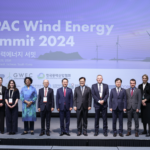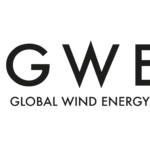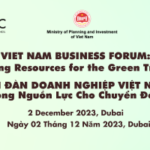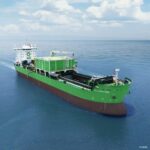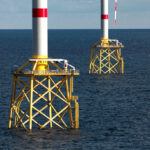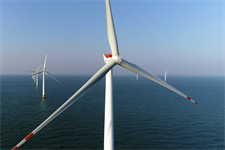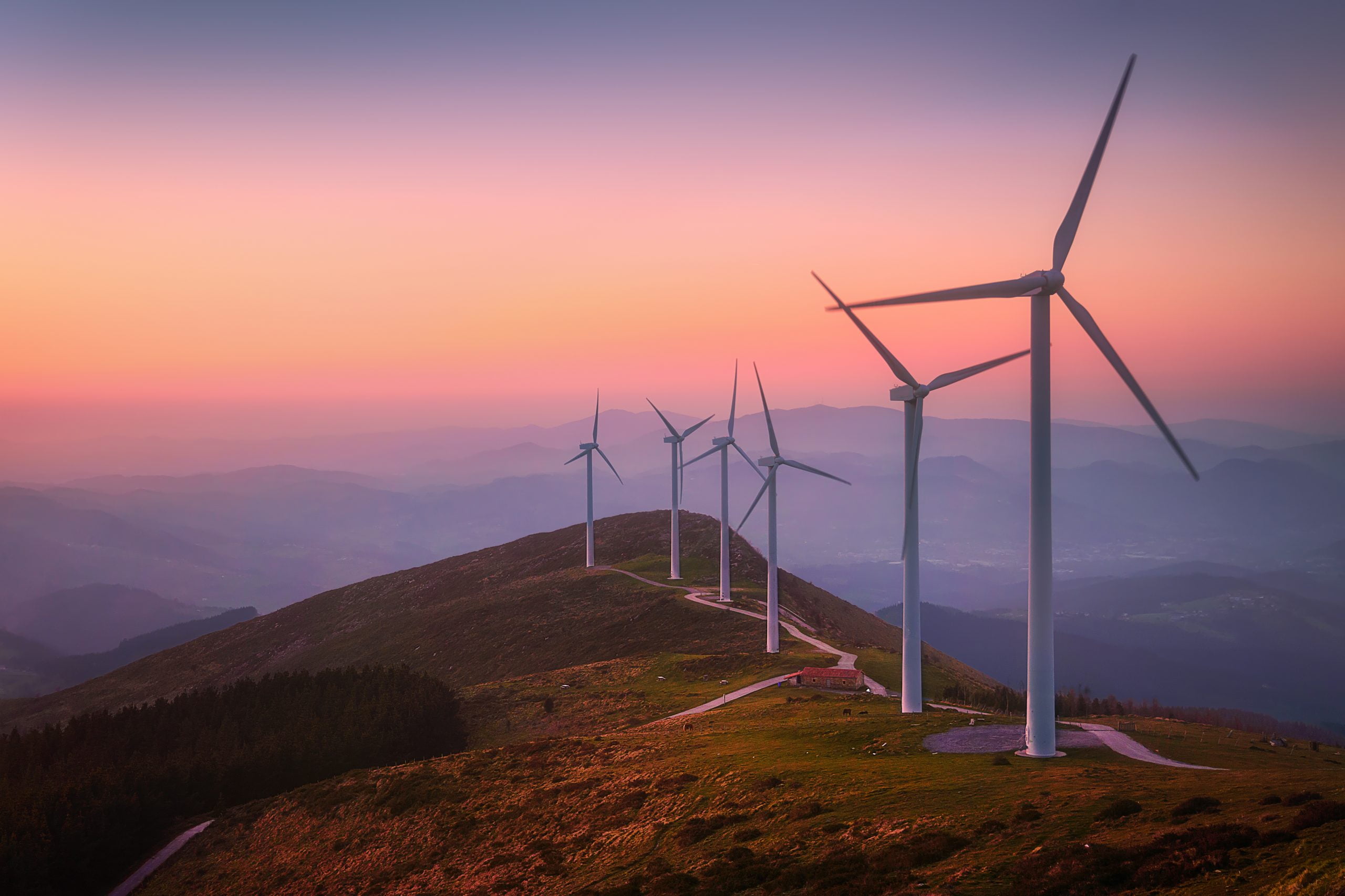GWEC predicts wind industry jobs boom
Energy Disrupter
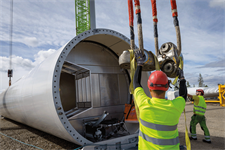
Nearly 3.3 million new full-time jobs could be created in the wind sector in the next five years, according to the Global Wind Energy Council (GWEC).
The International Renewable Energy Agency (Irena) estimates the current total at 1.2 million.
The 2021-25 jobs growth will materialise in a range of areas, including project planning and development, manufacturing, installation, operations and maintenance and decommissioning, GWEC says.
It foresees 469.4GW of new wind capacity being installed between 2021 and 2025, with the 399GW of new onshore capacity helping to create 2.09 million jobs. An additional 70.4GW of offshore wind capacity could create 1.2 million jobs worldwide.
Much of the employment growth will occur in high-growth wind markets, including China, the US, India, Germany, the UK, Brazil, France, Sweden, Spain, South Africa and Taiwan.
GWEC’s CEO, Ben Backwell, said: “As the world still reels from the economic impacts of the Covid-19 pandemic, governments must look to the wind sector as a key industry to create the jobs they need.
“Yet despite the undeniable evidence that wind and other clean energy sectors offer significantly more economic benefits and jobs, Covid-19 stimulus packages globally are still spending a cumulative $30 billion more on fossil fuel energy compared to clean energy. This is incongruent with the parallel calls to ‘Build Back Better’ and address the climate emergency ahead of the crucial COP26 conference. Each dollar spent on fossil fuels instead of clean energy means we miss out on potential jobs.”
GWEC defines one job as a full-time equivalent role: enough working hours for at least one calendar year of full-time employment for one individual, though not necessarily performed by one person.
For China, GWEC counts capacity that has been installed, but not necessarily connected to the grid. For the rest of the world, it counts capacity that has been commissioned, and includes partially commissioned capacity at larger projects that are built in several phases, a spokeswoman advised.
Job creation strategy
GWEC suggested it is important to highlight existing local capabilities, specialties and industries as wind power expands into new markets that currently lack production facilities. And while not all markets would be able to manufacture turbines and other key components, local workforces could be deployed elsewhere in the value chain.
It added that offshore oil and gas and marine engineering workers’ skills were also transferable, aiding the energy transition.
GWEC stated that in the short-term, governments could invest in targeted education and training programmes, investment schemes, industrial upgrades and the promotion of public-private partnerships and joint ventures to encourage wind sector job creation.
And in the long-term, they could invest in areas including supplier development programmes and roadmaps, to develop industrial clusters in strategic areas where fossil-fuel jobs are lost during the energy transition.

